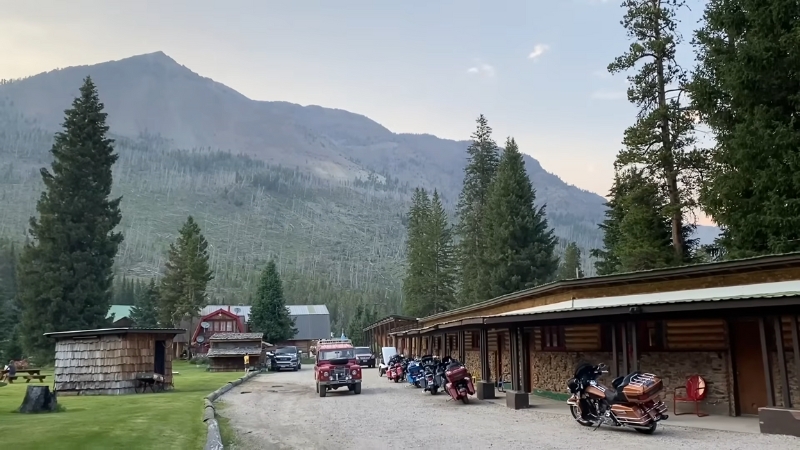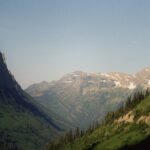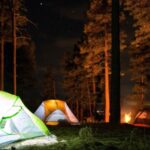In Montana, size is a funny thing. The mountains? Absolutely massive. We’re talking towering peaks that stretch for miles and seem to touch the sky.
It’s no wonder they call this place Big Sky Country—though honestly, even that feels like an understatement once you see it for yourself.
But when it comes to cities? The scale flips. Bozeman and Missoula, with populations of around 56,000 and 75,000, respectively, are considered big here. By most standards, they’re more like large towns—but in Montana, they’re the bustling hubs of the state.
For anyone visiting from out of state, nearly every community here might feel like a small town. And that’s the beauty of it. This list isn’t just about headcounts or city limits—it’s about atmosphere.
These towns may be small on paper, but they’re full of character, history, natural beauty, and the kind of charm that sticks with you long after you leave. These are the places where Montana’s heart really beats—and you’re about to meet them.
1. Whitefish, Montana
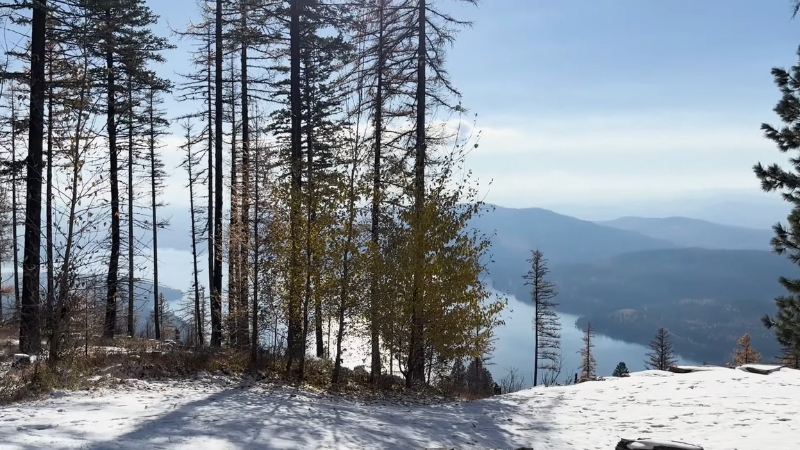
Whitefish is where mountain town charisma meets outdoor adventure and modern sophistication. Nestled between the towering peaks of the Northern Rockies and the clear waters of Whitefish Lake, this town has evolved from a humble railway stop into a year-round destination for thrill-seekers, nature lovers, and culture buffs alike.
In summer, kayak across glassy lakes, bike along the Whitefish Trail, or take a scenic drive to nearby Glacier National Park, a UNESCO World Heritage site teeming with glaciers, wildlife, and alpine beauty.
Winter transforms the town into a snow-dusted paradise thanks to Whitefish Mountain Resort, where ski runs, snowshoe trails, and après-ski vibes attract people from around the world. Whitefish’s downtown isn’t just walkable—it’s irresistible, with boutique shops, mountain-chic art galleries, and a surprising array of world-class restaurants.
Local Eats
Town Snapshot
Category
Info
Population
~8,300
Main Attraction
Glacier National Park
Known For
Four-season recreation
Best Time to Visit
June–September or Dec–March
Nearby Natural Spot
Whitefish Lake, Big Mountain
Vibe
Adventurous meets artsy chic
2. Hamilton, Montana
Tucked in the heart of the Bitterroot Valley, Hamilton feels like stepping into a perfectly preserved snapshot of frontier life—but with organic eateries, artisan markets, and eco-conscious breweries.
Flanked by the Bitterroot Mountains to the west and the Sapphire Range to the east, Hamilton is both a historic and geographic centerpiece of western Montana.
The town’s roots stretch back to the 1890s when copper barons and homesteaders settled here. Today, remnants of that era remain visible in the town’s grand homes, quaint museums, and the red-brick facades lining Main Street.
But there’s modern vibrancy too—farmers’ markets flourish in summer, the arts scene continues to grow, and outdoor adventures abound in nearby forests and rivers.
Local Eats
Set against the jaw-dropping backdrop of Paradise Valley, Livingston might just be Montana’s best-kept secret. It has all the outdoorsy appeal of Bozeman—but none of the crowd or cost. With the Yellowstone River flowing right through town and the Absaroka Mountains rising beyond, Livingston’s scenery alone is worth the trip. But what makes it truly special is the personality packed into its downtown streets. Livingston has long attracted artists, anglers, and writers—including the likes of Jim Harrison and Tom McGuane. Its quirky, creative energy mingles with Western tradition in bookstores, fly shops, dive bars, and art galleries. West Yellowstone is more than just a gateway to the world’s first national park—it’s a character-filled community that blends the Wild West with wilderness wonder. Just steps from the western entrance of Yellowstone National Park, this town is an ideal home base for exploring the park’s geysers, wildlife, and hiking trails. What sets West Yellowstone apart is its unique ability to retain that “old frontier” vibe while still offering modern-day convenience. Wooden storefronts line the main drag, and you might see a bison on your morning coffee run. In summer, it buzzes with road-trippers and adventurers; in winter, it transforms into a snowmobiler’s paradise with miles of groomed trails cutting through forests and fields blanketed in snow. Ennis might have fewer than 1,000 residents, but it’s rich in fishing lore, cowboy culture, and panoramic views. Located right on the Madison River, one of the most renowned fly-fishing streams in the world, Ennis is a paradise for anglers and outdoor enthusiasts. But even if you don’t cast a line, this town offers big views and big charm. The downtown strip is lined with wooden storefronts, saloons, art galleries, and taxidermy shops—every bit of the small-town Montana vibe. You’ll find locals trading fishing stories at the bar, and you may even hear a bit of yodeling during the annual Ennis Rodeo. The three mountain ranges surrounding the town—Madison, Gravelly, and Tobacco Root—provide a jaw-dropping backdrop in every direction. Virginia City isn’t just a town—it’s a time machine. Once the booming capital of Montana Territory during the 1860s gold rush, this town now exists as one of the most immersive Old West experiences in the country. Designated a National Historic Landmark District, Virginia City offers preserved architecture, reenactments, and even live blacksmiths. History lovers will be in heaven here, with over 100 original 19th-century buildings, some of which have been converted into candy shops, antique stores, or ice cream parlors. Ride a stagecoach, watch a gunfight show, or pan for gold just like the original settlers did. Despite its living-museum feel, it’s a real working town, especially in summer when locals dress the part. Tucked between the Pintler Mountains and Rock Creek, Philipsburg is one of those towns that surprises you—in the best possible way. Once a booming silver mining settlement in the 1800s, it’s been lovingly revitalized into a vibrant, walkable destination brimming with old-west charm, modern flair, and just the right amount of quirk. Colorful 19th-century buildings line the main street, housing everything from vintage candy shops to art galleries, sapphire mining experiences to breweries. It’s small—just a few blocks long—but it’s full of heart and perfect for slow strolls, antique hunts, and rockhounding. Outdoorsy types can fish, hike, or bike the nearby trails, while history lovers can explore local mining heritage at the Granite Ghost Town State Park just outside town. Stevensville may be small, but it holds a big place in Montana’s history. Founded in 1841 as St. Mary’s Mission, it’s the first permanent non-Indigenous settlement in the state. Situated along the Bitterroot River and backdropped by snowcapped peaks, this town offers a slower pace and deep roots. The town’s Main Street showcases charming brick buildings, local boutiques, and coffee shops, while nearby Lee Metcalf National Wildlife Refuge offers tranquil hiking and wildlife watching. History buffs will enjoy visiting the original St. Mary’s chapel, while outdoor lovers can float the Bitterroot River or hike into the Selway-Bitterroot Wilderness. Set at the foot of the Beartooth Highway Red Lodge feels like a real-life postcard. It’s the kind of town where everyone knows everyone, but outsiders are welcomed with open arms—especially if they bring an appetite for nature, art, and good beer. In summer, it’s a top launch point for driving the Beartooth Highway, often dubbed “the most beautiful road in America.” In winter, it’s a ski town with a laid-back vibe and uncrowded slopes. But Red Lodge isn’t just about nature—it also boasts a thriving arts scene, eclectic shops, and some of the best local festivals in the state. Glendive is where Montana trades towering peaks for prehistoric magic. Located near the badlands of Makoshika State Park, Glendive offers a glimpse into a landscape carved by ancient seas, volcanic ash, and dinosaur bones. This railroad-era town is less touristy and more off-the-beaten-path, but that’s exactly why it’s special. Expect fossil museums, unique rock formations, and a proud local culture shaped by ranching, railroads, and a love of paleontology. It’s also a great base for birding, hiking, and stargazing under eastern Montana’s wide-open skies. Montana’s small towns are more than just stops on a map—they’re experiences. Each one tells its own story, shaped by rugged landscapes, rich histories, and the kind of community spirit that’s getting harder to find in today’s world. Whether it’s sipping whiskey in a Wild West saloon, casting a fly into a glacier-fed river, or wandering a 19th-century main street, you’ll find that time slows down in these places—and that’s the point. What I love most about this list is that it shows Montana’s heart: wild, warm, and wonderfully diverse. No matter which town you visit, you’re not just passing through—you’re stepping into a piece of Montana’s soul. And trust me, it’s a soul worth getting to know. Hello, my name is Harper Barton. The only thing I love more than travelling is writing about it. Sounds strange doesn’t it? But yeah, I adore writing and sharing my experiences about what I have experienced during my travels. Since I am a person who loves being a part of the community, I often write about local festivals with the goal of popularizing outside just small communities they come from.
Category
Info
Population
~4,800
Main Attraction
Bitterroot Mountains
Known For
Outdoor recreation & History
Best Time to Visit
May–October
Nearby Natural Spot
Lake Como, Bitterroot River
Vibe
Laid-back, artistic, historic
3. Livingston, Montana
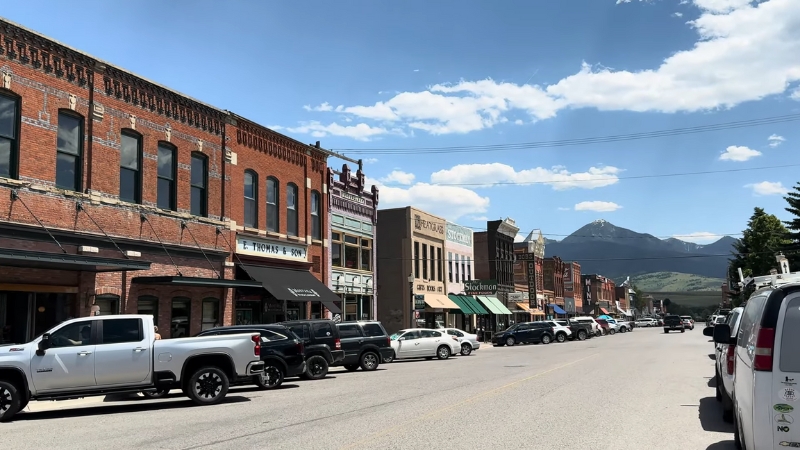
Local Eats
Category
Info
Population
~8,000
Main Attraction
Yellowstone River, art scene
Known For
Fly fishing, writers, old-school charm
Best Time to Visit
June–August
Nearby Natural Spot
Paradise Valley
Vibe
Funky, literary, laid-back
4. West Yellowstone, Montana
Local Eats (Upgraded)
Category
Info
Population
~1,300
Main Attraction
Yellowstone National Park
Known For
Snowmobiling, wildlife viewing
Best Time to Visit
June–September / December–March
Nearby Natural Spot
Yellowstone Park, Hebgen Lake
Vibe
Rustic, touristy, frontier-feel
5. Ennis, Montana
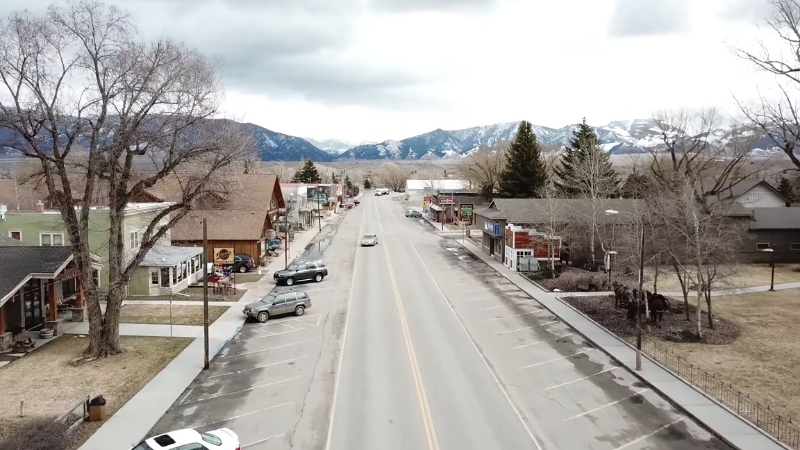
Local Eats (Upgraded)
Category
Info
Population
~850
Main Attraction
Madison River, fly fishing
Known For
Outdoor sports, Wild West vibe
Best Time to Visit
May–October
Nearby Natural Spot
Madison Range, Ennis Lake
Vibe
Rugged, friendly, cowboy-casual
6. Virginia City, Montana
Local Eats
Town Snapshot
Category
Info
Population
~200
Main Attraction
Old West History
Known For
1860s buildings, gold rush tales
Best Time to Visit
June–September
Nearby Natural Spot
Alder Gulch, Nevada City
Vibe
Historic, immersive, theatrical
7. Philipsburg, Montana
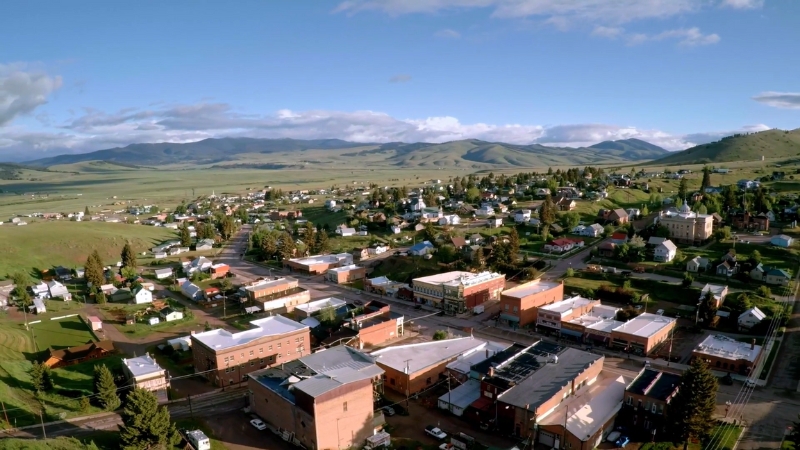
Local Eats (Upgraded)
Category
Info
Population
~900
Main Attraction
Historic downtown, sapphire mining
Known For
Gemstones, candy, small-town charm
Best Time to Visit
May–October
Nearby Natural Spot
Rock Creek, Granite Ghost Town
Vibe
Whimsical, nostalgic, vibrant
8. Stevensville, Montana
Local Eats
Category
Info
Population
~2,000
Main Attraction
St. Mary’s Mission, Bitterroot River
Known For
History, wildlife, quiet charm
Best Time to Visit
Spring & early Fall
Nearby Natural Spot
Lee Metcalf National Wildlife Refuge
Vibe
Peaceful, rooted, heritage-rich
9. Red Lodge, Montana
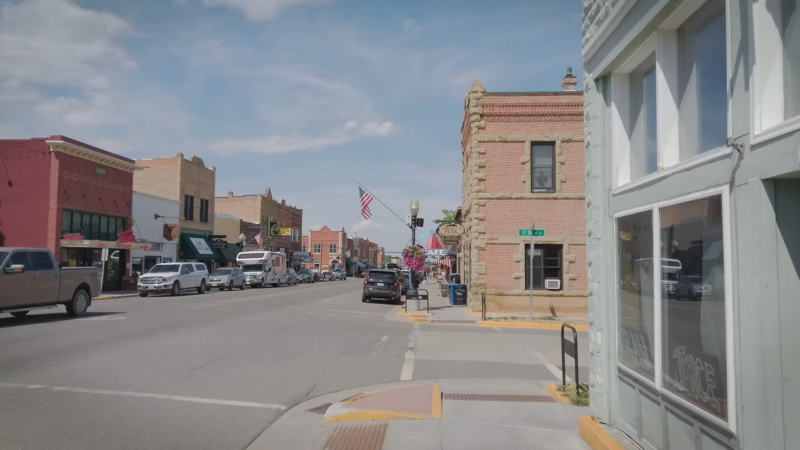
Local Eats
Category
Info
Population
~2,300
Main Attraction
Beartooth Highway, skiing
Known For
Scenic drives, mountain vibes
Best Time to Visit
June–October (highway open), Dec–Feb (skiing)
Nearby Natural Spot
Custer National Forest
Vibe
Artistic, outdoorsy, welcoming
10. Glendive, Montana
Local Eats
Category
Info
Population
~5,000
Main Attraction
Makoshika State Park, fossils
Known For
Paleontology, badlands scenery
Best Time to Visit
April–June, September
Nearby Natural Spot
Yellowstone River, Hell Creek
Vibe
Rural, quirky, fossil-forward
Final Thoughts
![]()

